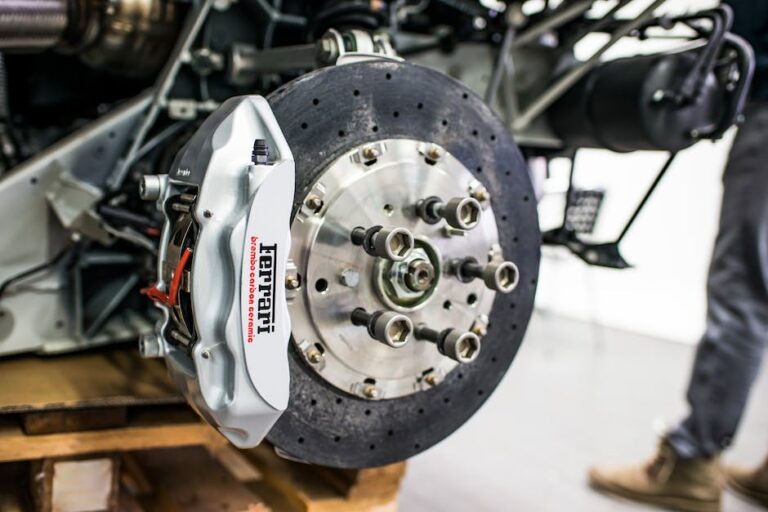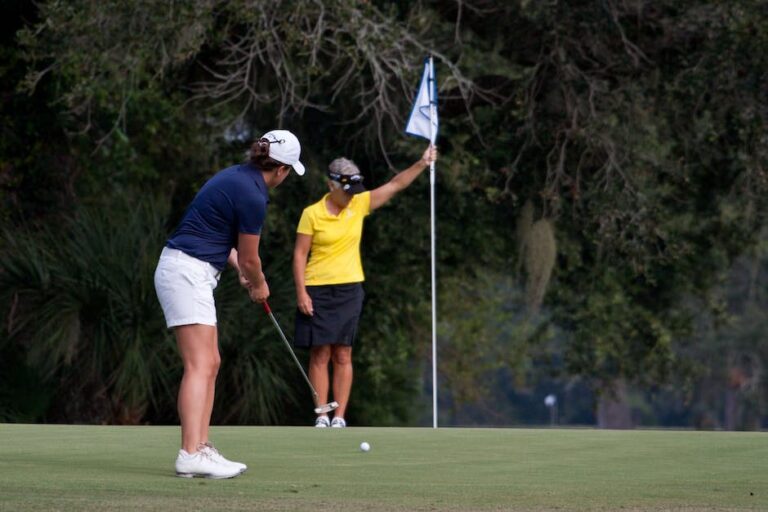Top Techniques for Overcoming Common Disc Golf Mistakes
Grip Techniques for a Consistent Release
In disc golf, grip plays a crucial role in achieving a consistent and accurate release. The most important aspect of the grip is to ensure that the hand is in a comfortable and natural position. A good grip provides a solid foundation for the rest of the throw, and therefore, it is worth spending time perfecting it.
There are primarily three types of grips used in disc golf – the power grip, fan grip, and modified fan grip. Each grip has its advantages and disadvantages, and the player should experiment with them to find the one that works best for them.
The power grip is the most commonly used grip in disc golf. It involves holding the disc tightly with four fingers on the underside of the rim and the thumb on the top of the rim. The power grip generates maximum power and distance, but it can also cause the disc to release early or flutter.
The fan grip involves spreading the fingers out along the underside of the rim while keeping the thumb on the top of the disc. This grip provides more spin, better control, and works well with understable discs.
The modified fan grip is a hybrid of the power and fan grips. It involves holding the disc using a fan grip but keeping the index finger pressed tightly against the rim. This grip generates a moderate amount of power, good accuracy, and is ideal for straight shots.
Mastering the Backhand and Forehand Throws
Backhand and forehand throws are the two primary throwing techniques in disc golf. The backhand throw is the most common technique and involves throwing the disc with the back of the hand facing the target. The forehand throw, on the other hand, involves throwing the disc with the palm of the hand facing the target.
The backhand throw is known for its accuracy and distance. To master this technique, it is important to have a good grip, a smooth motion, and the ability to shift the weight from the back foot to the front foot during the throw. The backhand throw can be further divided into different types of throws, such as hyzer, anhyzer, and straight.
The forehand throw, also known as the flick, is a more difficult technique to master but can be useful in certain situations. To execute a forehand throw, the player must have a good grip, a smooth and quick motion, and a good snap of the wrist. The forehand throw is commonly used for shots that require a right-to-left flight path or to get out of tricky situations.
Understanding Wind Conditions on the Course
Wind conditions play a significant role in shaping the outcome of a disc golf round. Understanding how the wind affects the flight path of the disc can be the difference between a successful throw and a missed opportunity.
There are primarily four types of winds that can affect disc flight – headwind, tailwind, crosswind, and swirling wind. A headwind blows against the direction of the throw and can cause the disc to lift, stall, and lose distance. A tailwind, on the other hand, blows in the direction of the throw, providing a boost in distance.
A crosswind blows perpendicular to the throw and can cause the disc to drift off course. To counter the effects of a crosswind, players can adjust their aim and select a more stable disc with a predictable flight path.
Swirling wind is the most unpredictable type of wind and can change direction and intensity within seconds. To manage swirling wind conditions, players must remain patient and take their time to assess the wind before making their throw.
Tactics for Overcoming Trees and Obstacles
Disc golf courses are often designed to challenge players with obstacles such as trees, water hazards, and elevation changes. Overcoming these obstacles requires a combination of skill, strategy, and patience. There is no one size fits all solution for encountering obstacles, but there are a few tactics that can help players navigate difficult shots.
One such tactic is to intentionally make a shorter shot to avoid the obstacle and set up for a better shot on the following throw. This approach requires careful assessment of the course and choosing the right disc for the shorter shot.
Another tactic involves taking a high-risk shot to get over or around the obstacle and potentially save strokes. Skilled players often opt for this approach, but it requires a high degree of precision and confidence.
A third tactic involves throwing a right-to-left or left-to-right shot to curve around the obstacle and land near the basket. This approach requires an understanding of the player’s disc flight path and a careful selection of disc type and speed.
Practice Putting Drills for Accuracy
Putting is the most crucial aspect of disc golf and can often make or break a player’s round. Consistent and accurate putting requires practice, repetition, and patience. There are many putting drills players can do to improve their accuracy and technique.
One such drill involves putting from varying distances and locations around the basket. This drill requires the player to focus on their form and aim while adjusting for different angles and elevations.
Another drill involves putting with only one hand which helps players with their release and follow-through. A third drill uses targets on the ground to focus on accuracy and speed control.
When practicing putting, it is essential to focus on every throw and concentrate on proper technique. Over time, consistent practice will lead to improvement and better performance on the course.
Managing Your Disc Flight Path for Better Control
Disc flight path is determined by the player’s throwing technique, wind, disc selection, and the angles of the release. To achieve maximum control over the flight path, players must be aware of these factors and make adjustments accordingly.
Players can manage their disc flight path by adjusting the angle of release, the speed of the throw, and the type of disc selected. To make adjustments to the angle of release, players can use hyzer and anhyzer angles to manipulate the flight path.
The speed of the throw can also be controlled, with faster speeds generating more distance and slower speeds generating less distance. Disc selection can also be a factor, with different types of discs providing varying amounts of stability and predictable flight paths.
Overall, managing disc flight path requires experimentation, practice, and an understanding of the different factors involved. With practice, players can achieve maximum control over their discs and make accurate shots.

Smart Course Management for Lower Scores
Course management is a vital aspect of disc golf that is often overlooked. Smart course management involves understanding the strengths and weaknesses of your game and strategizing accordingly. It includes selecting the right disc for the job and playing shots that play to your strengths.
One aspect of smart course management is making decisions that minimize risk and produce the best outcome. For instance, if there is a hazard or obstacle in the way, it may be better to play a shorter shot that avoids it and sets up a more accessible second shot.
Another strategy for course management involves playing strategically based on the course layout. For example, on a course with open fairways and limited obstacles, players may benefit from playing for maximum distance. On a course with lots of trees and tight fairways, players may want to prioritize accuracy over distance.
Finally, it’s important not to get too caught up in the moment and make decisions quickly. Taking the time to assess the situation and weigh the options can lead to better outcomes and lower scores.
Mental Strategies for Staying Focused and Confident
Disc golf is a mental game as much as it is a physical one. Staying focused and confident on the course can be the difference between winning and losing.
One strategy for staying focused is to visualize shot execution before taking it. This technique involves picturing the entire shot in your mind, including disc flight path, speed, and where it will land. Taking a few deep breaths before executing the shot can also help relax and focus the mind.
Confidence is another crucial aspect of the game, and it comes with practice and experience. Finding a pre-shot routine can help players build confidence and focus before every shot. This can include taking a deep breath, visualizing the shot, and focusing on a target.
Maintaining perspective and a positive attitude is also essential for staying mentally sharp on the course. Players can do this by recognizing that disc golf is a game and that mistakes are part of the process. Staying positive and not dwelling on mistakes can help keep the mind clear and focused on the next shot.
In summary, mental strategies such as visualization, pre-shot routines, positive attitude, and staying focused can help players stay confident and sharp on the course.







